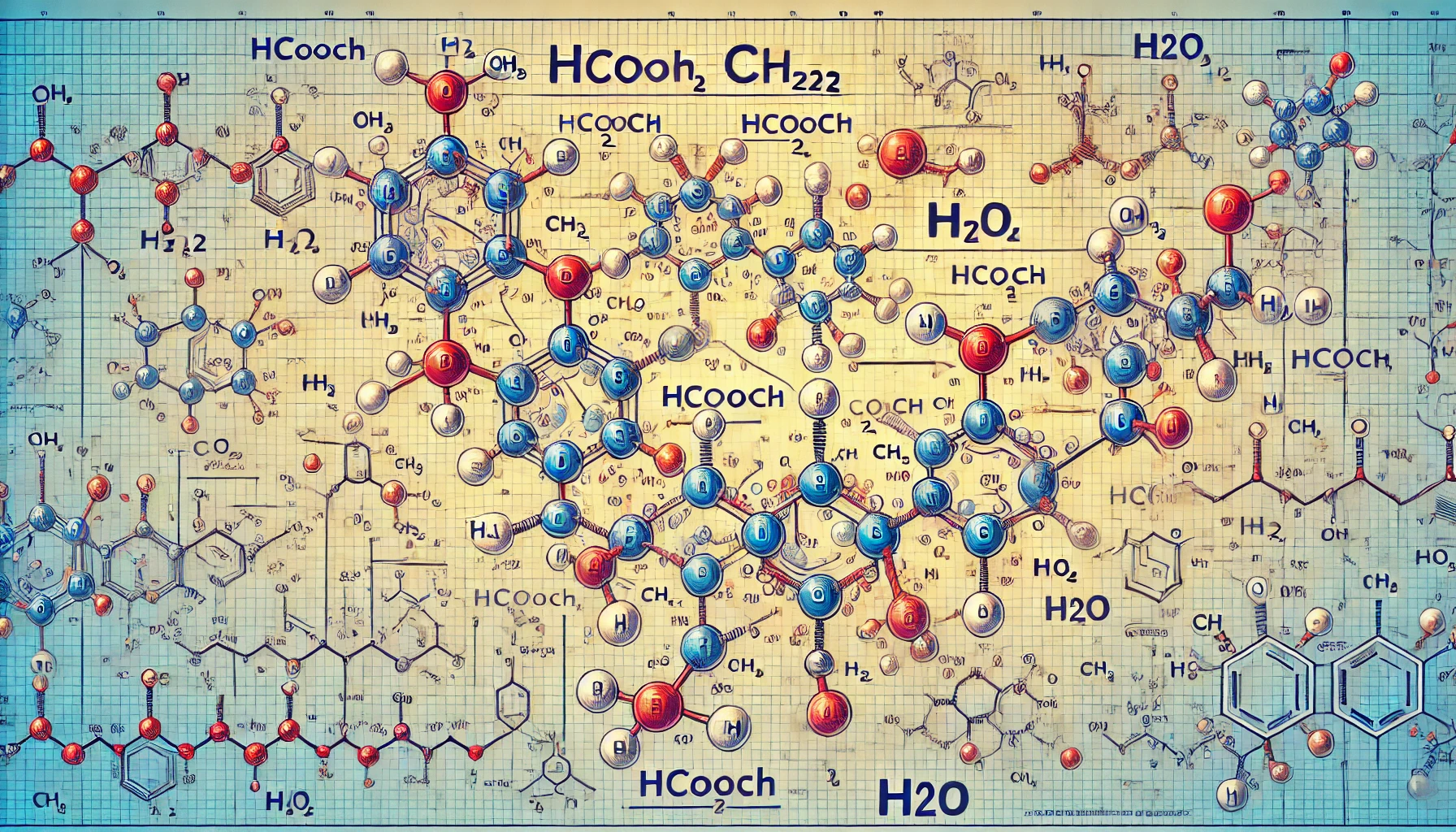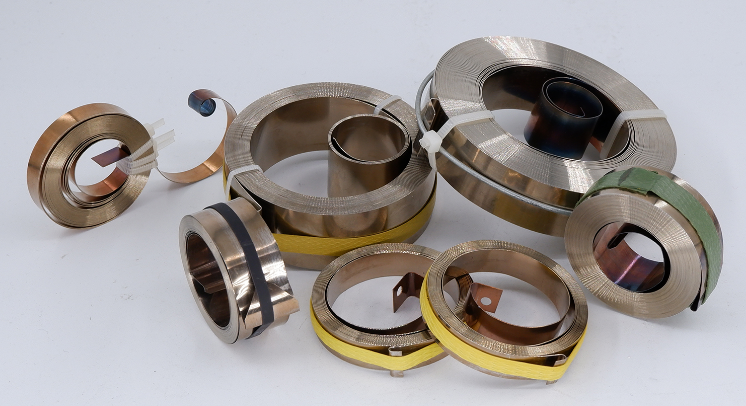In the world of chemical compounds, HCOOCH CH2 H2O, commonly referred to as methyl glycolate, holds a distinct place. As an organic compound derived from glycolic acid, it serves various roles in chemical industries, cosmetics, and cleaning products. Its versatile nature makes it a cornerstone in manufacturing processes that require eco-friendly, biodegradable components. This article explores the composition, applications, and significance of in detai
What is HCOOCH CH2 H2O?
HCOOCH CH2 H2O known scientifically as methyl glycolate, is an ester formed by the reaction between methanol and glycolic acid. This compound features both ester and hydroxyl groups, giving it unique reactivity and solubility. It appears as a clear, colorless liquid with a faint odor and is widely recognized for its use in green chemistry applications.
Chemical Composition and Structure
- Molecular Formula: HCOOCH CH2 H2O
- Chemical Name: Methyl Glycolate
- Structure Overview:
- A methyl ester group (-COOCH3) derived from methanol.
- A hydroxyl group (-OH) attached to the carbon chain.
Physical and Chemical Properties
- Molecular Weight: Approximately 90.08 g/mol
- Boiling Point: 100–110°C
- Solubility: Miscible in water and organic solvents such as alcohols.
- Reactivity: Reacts with acids, bases, and alcohols, making it suitable for esterification and hydrolysis reactions.
How is HCOOCH CH2 H2O Synthesized?
1. Esterification of Glycolic Acid
The most common method to synthesize methyl glycolate involves esterifying glycolic acid with methanol in the presence of an acid catalyst.
Reaction Equation:
C2H4O3+CH3OH→H+CatalystHCOOCH CH2 H2O+H2O\text{C2H4O3} + \text{CH3OH} \xrightarrow[\text{H+}]{\text{Catalyst}} \text{HCOOCH CH2 H2O} + \text{H2O}C2H4O3+CH3OHCatalystH+HCOOCH CH2 H2O+H2O
2. Transesterification
In industrial applications, transesterification processes are also employed, where ethyl glycolate reacts with methanol to produce methyl glycolate.
3. Biotechnological Routes
Recent advancements in green chemistry have enabled the production of methyl glycolate using enzymatic methods, reducing environmental impact and enhancing sustainability.
Applications of HCOOCH CH2 H2O
1. Polymer and Resin Production
Methyl glycolate is used as a monomer in creating biodegradable polymers and resins. Its properties make it a key ingredient in producing eco-friendly packaging materials and coatings.
2. Cosmetics and Personal Care Products
As a derivative of glycolic acid, is included in skincare formulations. It aids in gentle exfoliation, hydration, and skin renewal, making it a popular choice in anti-aging and moisturizing products.
3. Cleaning Agents
Methyl glycolate’s solubility and grease-cutting properties make it an effective component in biodegradable cleaning products. It is used in household and industrial cleaners to ensure effective results without harmful residues.
4. Organic Synthesis
In the chemical industry, methyl glycolate serves as an intermediate in synthesizing other esters, acids, and alcohols. Its reactivity makes it valuable for producing pharmaceuticals and agrochemicals.
5. Food Additive
is occasionally used as a flavoring agent in the food industry to impart mild fruity or tangy notes to beverages and confectioneries.
Importance of HCOOCH CH2 H2O in Modern Industry
The unique properties of methyl glycolate contribute to its importance in various sectors:
- Eco-Friendly Chemistry: With rising environmental concerns, methyl glycolate supports green chemistry initiatives by enabling the production of biodegradable products.
- Versatility: Its dual functional groups (ester and hydroxyl) make it highly reactive, allowing it to serve multiple purposes in industrial and scientific settings.
- Consumer Safety: As a glycolic acid derivative, it has low toxicity and is safe for use in skincare and household products.
Safety Considerations for HCOOCH CH2 H2O
While methyl glycolate is relatively safe to use, proper handling is necessary to avoid adverse effects:
- Storage Guidelines: Keep it in a cool, dry place away from direct sunlight and incompatible chemicals.
- Personal Protective Equipment (PPE): Use gloves, goggles, and a lab coat during handling.
- Environmental Impact: Dispose of any waste responsibly, adhering to local environmental regulations.
FAQs
What is the chemical formula of HCOOCH CH2 H2O?
The molecular formula is, commonly known as methyl glycolate.
What are the main uses of HCOOCH CH2 H2O?
It is used in polymers, cosmetics, cleaning agents, organic synthesis, and as a food additive.
Is HCOOCH CH2 H2O environmentally friendly?
Yes, its use in biodegradable polymers and green chemistry applications highlights its eco-friendly nature.
How is produced?
It is primarily synthesized through esterification of glycolic acid with methanol or via transesterification processes.
Can be used in cosmetics?
Absolutely! Its exfoliating and hydrating properties make it a popular ingredient in skincare products.
What precautions are necessary when handling
Always use PPE, store it properly, and follow safe handling guidelines to minimize risks.
Conclusion
HCOOCH CH2 H2O, or methyl glycolate, is a compound of immense versatility and significance. Its applications span from cosmetics and cleaning agents to biodegradable polymers and food flavoring. The growing emphasis on sustainability and eco-friendly chemistry further enhances its relevance. By understanding its composition, uses, and safety measures, industries and individuals can harness its potential responsibly and effectively.











